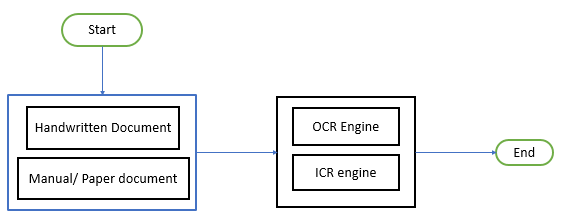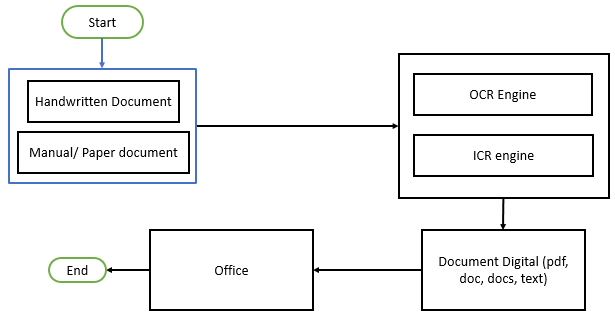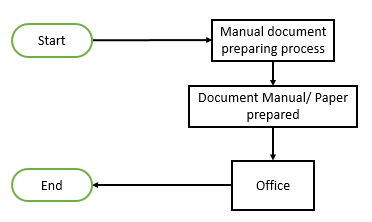Case Study (Part 2)
What is the use of manual/paper documents, handwritten document, and digital document?
Use case
In Todays, a lot of the documents in government offices are handwritten and manual paper documents. Manual documents are very inefficient and mistakable during preparation time. Besides handwritten documents are hard to read after developing the document. Manual documents need a lot of space to take sorted, in the age of science written documents and manual documents get older and slower to handle from one office to another office as well as government officials for signature. The manual document has a high chance of getting lost.
Figure: Digital documentation proces flow
Use case (digital documentation):
In today’s world digital documentation is more valuable, time-saving, and reliable for office works. First of all, A digital system needs to build for convert manual/paper document and handwritten documents into a Docx, doc, or pdf electronic document. Secondly, in converting process there will be some tools that will work for the recognition system. Finally, the system will make an output for the document and store the document into the system which can be easily used as an electronic document.
Figure: Digital documentation
Why did it need?
Use case:
The main disadvantages of manual/paper documents are not time-saving, a huge number of errors during paperwork, maximum effort besides being costly to maintain the whole document. A lot of physical copies need to maintain the whole process. The process is much slower to operate. More of the disadvantages are given below:
- Costly to maintain the whole process
- The document sending process is slower than every process
- Hard to maintain the numeric process of a separate document
- Handwritten documents are hard to understand for recognition
Figure: Current way in documentation process




No Comments